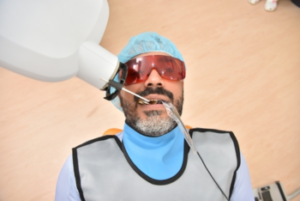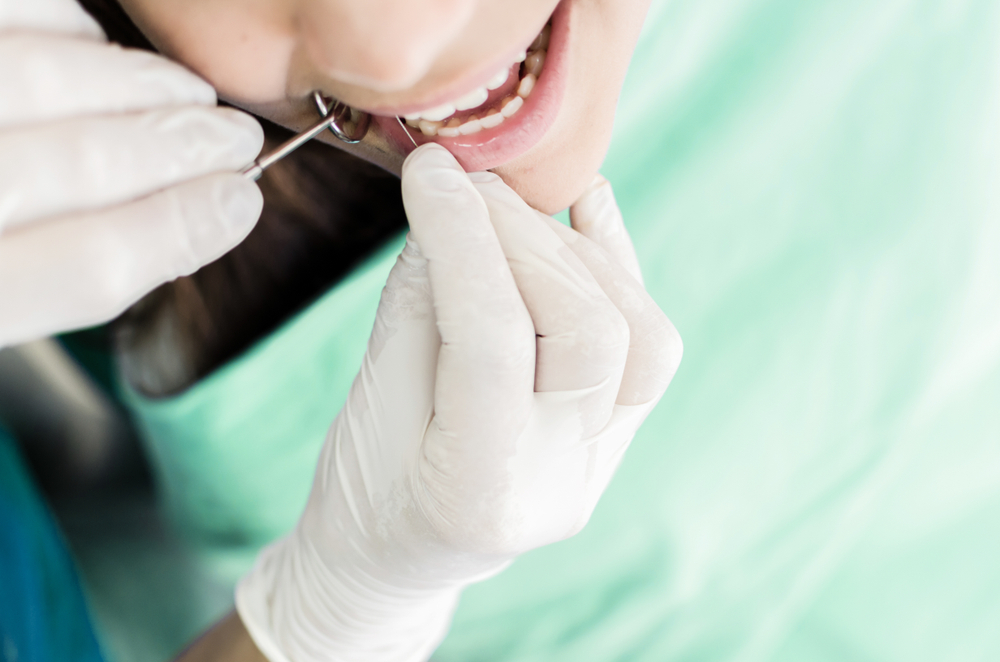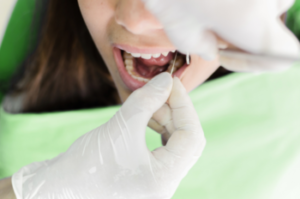Introduction
Dental problems can be a pain. Sometimes, it’s hard to figure out what’s causing the pain in the first place! A cracked tooth is a type of dental issue that can be particularly perplexing. If you’re experiencing pain, you want to know – is it a crack or something else? If it is a crack, what caused it, and what can be done about it? In this article, we’ll explore everything you need to know about a root canal and why it’s needed for a cracked tooth.
Types of Cracked Tooth
A cracked tooth can come in different shapes and sizes, and the type of crack will determine the severity of the problem. For instance, vertical cracks are severe and may require immediate attention, while horizontal cracks may not be as severe, they could still lead to significant damage over time. Other types of cracks include:
- Root fractures occur in the tooth’s root.
- Gum line cracks are visible on the tooth’s surface.
- A split tooth happens when a tooth breaks into two or more parts.
Causes of a Cracked Tooth
Eating hard foods is one of the most common causes of a cracked tooth. When you crunch on ice, hard nuts, or candies, there is a risk of damaging the tooth structure. Dental emergencies caused by hard foods can cause high anxiety and discomfort and, if not addressed by dental care quickly, can lead to tooth extraction.
Teeth grinding or bruxism is the involuntary clenching or grinding of teeth, leading to cracked teeth syndrome. It mostly occurs while sleeping and has been linked to a stressful lifestyle. Over time, constant grinding can damage the tooth enamel and weaken the tooth’s ligaments, causing the tooth to crack.
Trauma to the face or mouth can also cause a cracked tooth. It usually occurs during an accident or sports injury that can lead to the tooth’s root or gum line fracture. The treatment includes a root canal, extraction, or splinting of the broken tooth, depending on the extent of the damage.
Age-related wear and tear are inevitable dental factors contributing to a cracked tooth. Our teeth become weak and brittle as we age, making them more susceptible to breaks and fractures. Regular checkups and dental cleanings can help keep your teeth healthy and decrease the risk of future dental emergencies.
Signs and Symptoms of a Cracked Tooth
Pain when Chewing
One of the most common symptoms of a cracked tooth is pain when chewing. If you experience pain or discomfort when biting down or chewing, it may be a sign that your tooth is cracked. The pain may be mild initially, but it can progressively worsen as the crack grows. The pain can also be accompanied by sensitivity to hot or cold foods and drinks.
Sensitivity to Hot or Cold Temperatures
Sensitivity to hot or cold temperatures is another common symptom of a cracked tooth. This occurs because the crack can expose the sensitive inner layers of the tooth, which can cause a painful response to temperature changes. If you notice sensitivity to hot or cold foods or drinks, it’s important to consult your dentist to rule out a cracked tooth.
Swollen Gums
Swollen gums can also indicate a cracked tooth, especially if the crack extends below the gum line. The swelling can occur around the affected tooth and may be accompanied by tenderness and bleeding. If you experience these symptoms, schedule an appointment with your dentist as soon as possible.
Visible Crack in the Tooth
In some cases, a visible crack in the tooth is the most obvious symptom of a cracked tooth. However, not all cracks are visible to the naked eye, especially below the gum line. If you notice a visible crack in your tooth, consult your dentist to determine the best course of treatment.
What is a Root Canal?

The teeth have several layers; the outer enamel is the most visible and resilient. Although enamel is strong, it can chip or crack if you eat hard food, grind your teeth, or experience trauma to the mouth. If the crack reaches the tooth’s pulp, it can cause severe pain and infection. The sooner the cracked tooth is treated, the higher the chances of saving the tooth through a root canal.
Root canal therapy involves several steps. First, your dentist will use a local anaesthetic to numb the area around the tooth. Once the tooth is numb, it will create a small opening in the top of the tooth to access the pulp chamber. Then, they will use small instruments to remove the damaged or infected pulp, clean out the root canals, and shape them for filling.
After cleaning the canals, your dentist will fill them with a synthetic material, typically gutta-percha. This material acts as a sealing agent to prevent bacteria from entering the root canal and causing an infection. Finally, a temporary filling will be placed in the tooth until a permanent crown can be made for the tooth, which typically takes a few weeks.
Recovery and Aftercare
After the dentist has treated the cracked tooth, the area may be sensitive and painful for a few days. To help relieve the pain, you can take over-the-counter or topical oral pain medications. Contact your dentist immediately if your pain is severe or lasts longer than three days. They may recommend stronger pain medication or adjust your treatment plan.
Caring for the tooth after the procedure is essential for proper healing. Avoid chewing on the side of your mouth with the affected tooth for a few days, and stick to soft foods until you feel comfortable eating normally. You may experience sensitivity to hot and cold foods and drinks, so try to avoid them as much as possible. Brush and floss regularly, but be gentle around the area to avoid further damage.
Follow-up appointments with your dentist are essential to monitor the progress of your cracked tooth treatment. Depending on the type of crack and the extent of the damage, you may need multiple appointments to complete your treatment plan. Your dentist may also recommend X-rays or other tests to ensure the tooth’s root is healthy and healing correctly.
Conclusion
A cracked tooth can be a troublesome and sometimes painful issue to deal with. The cause of the crack will dictate how it should get treated. Simpler procedures like bonding or a veneer application may be enough in some cases, such as with horizontal cracks. But, an extraction might be required in cases where the crack goes below the gum line. A root canal procedure can help save the tooth in most cases. Early treatment, regular checkups, and good dental hygiene are critical to staying on top of these issues, so don’t ignore any tooth pain or discomfort that you might be experiencing. Finally, as always, be mindful of what you eat and avoid chewing on hard objects to help protect your teeth. Contact our professional dental team at Bright-On Bay Dental today to schedule your first appointment!
Note: Any surgical or invasive procedure carries risks. Before proceeding, you should seek a second opinion from an appropriately qualified health practitioner.
References:
Root Canal Explained https://www.aae.org/patients/root-canal-treatment/what-is-a-root-canal/root-canal-explained/
Cracked Teeth https://www.aae.org/patients/dental-symptoms/cracked-teeth/



Recent Comments